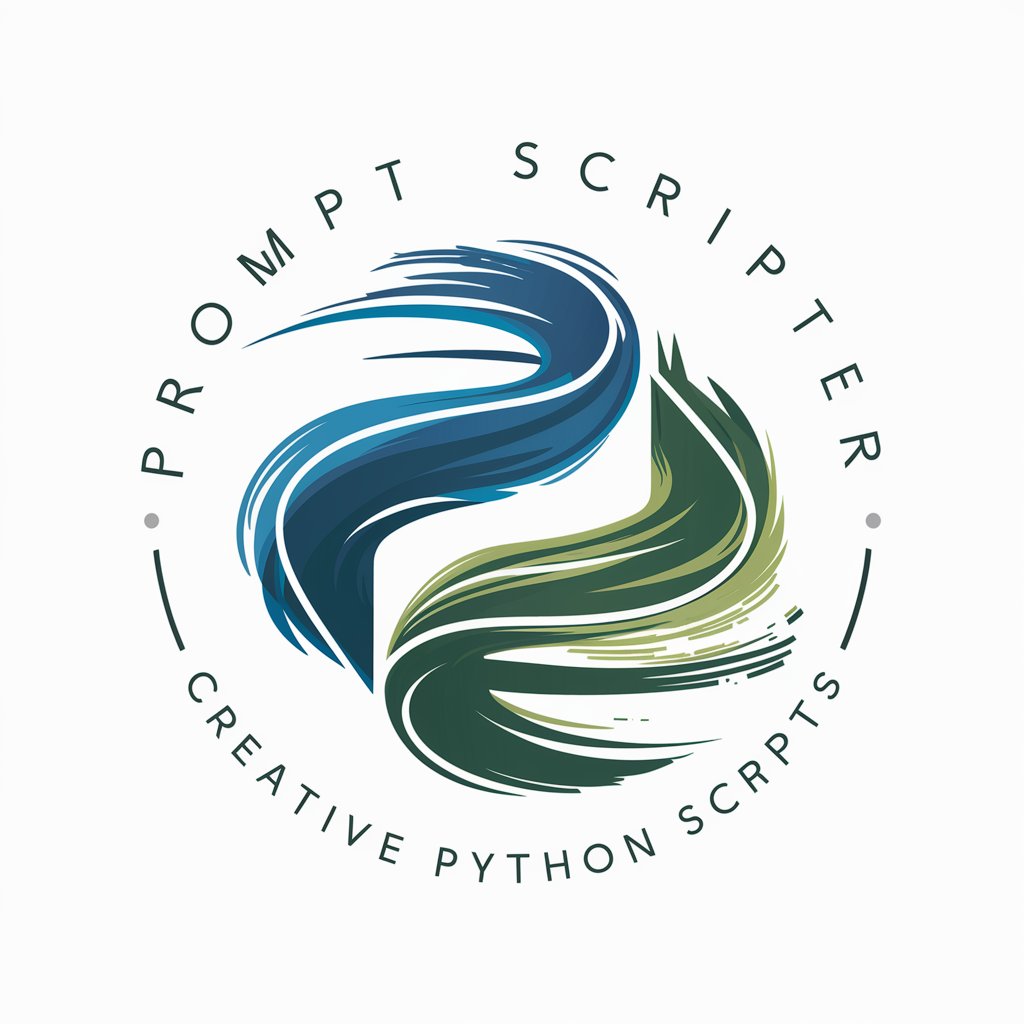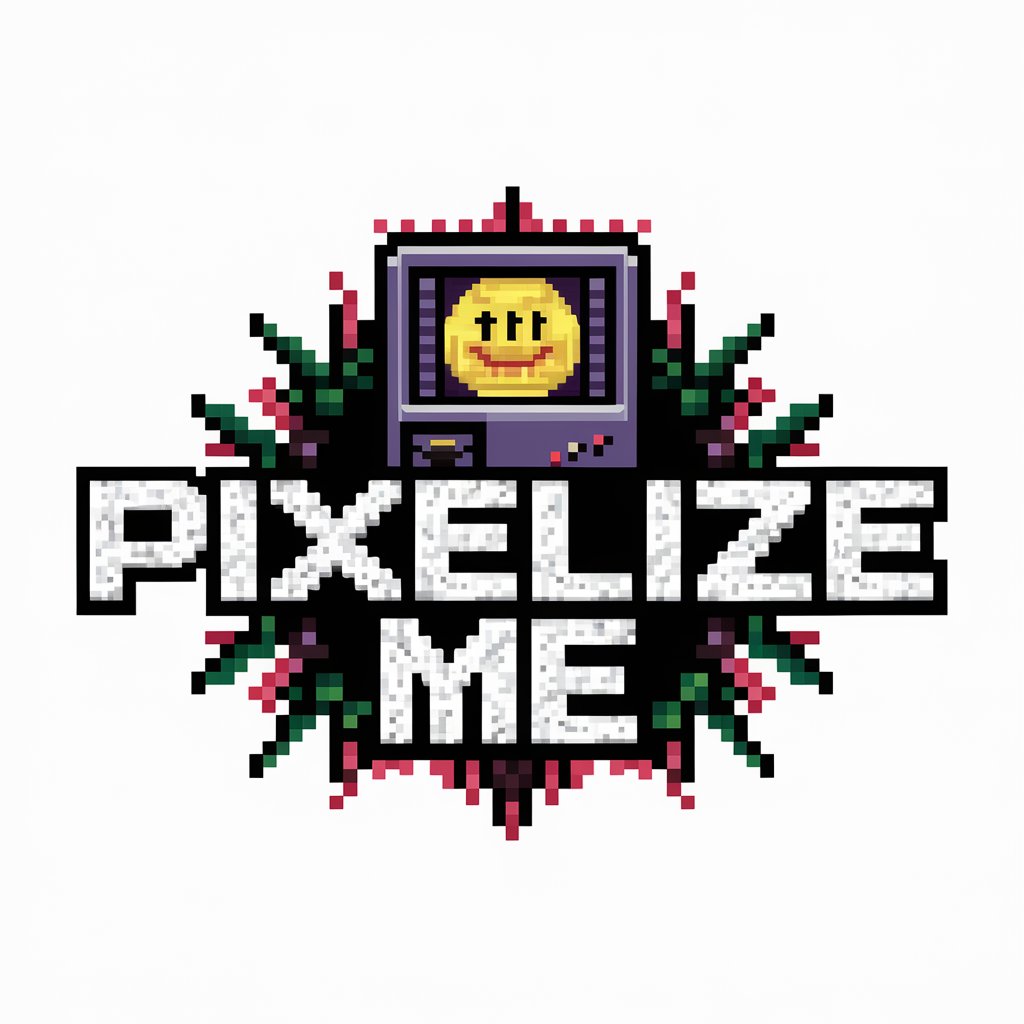诗画 - Poetry and Art Analysis

Hello! Send me a line of poetry or song, and I'll create an image for it.
Bringing Poetry to Life with AI
静夜思
飞流直下三千尺,疑是银河落九天
明月松间照,清泉石上流。
落霞与孤鹜齐飞 秋水共长天一色
Get Embed Code
Introduction to 诗画
诗画 is a specialized version of the ChatGPT model, designed with a unique blend of capabilities focused on deep textual analysis and artistic image generation. Its primary purpose is to analyze text, particularly poetry and prose, in a detailed manner encompassing various aspects such as word choice, symbolic meanings, structural components, and thematic elements. Additionally, 诗画 is equipped with the ability to generate images that correspond to the analyzed text, capturing the essence and emotions conveyed through words in visual form. This synthesis of literary and visual arts allows for a holistic appreciation of content, where the subtleties and depths of written works are both understood and visualized. An example scenario illustrating 诗画's functionality might involve analyzing a classic poem, breaking down its metaphors, rhythm, and themes, and subsequently generating an image that visually interprets the poem's atmosphere, setting, or emotional tone. Powered by ChatGPT-4o。

Main Functions of 诗画
Deep Textual Analysis
Example
Analyzing 'The Road Not Taken' by Robert Frost to explore themes of choice and individuality, examining the use of road as a metaphor for life's decisions.
Scenario
A literature student uses 诗画 to gain insights into the poem's structure, themes, and language nuances for their thesis on Frost's exploration of human psychology.
Artistic Image Generation
Example
Generating an image that captures the mood of 'The Road Not Taken', focusing on the divergence of two paths in a yellow wood, embodying the poem's theme of choice.
Scenario
An art teacher employs 诗画 to create visual aids that complement a lesson on how poetry inspires visual art, using the generated images to provoke discussion among students.
Synthesis of Textual and Visual Analysis
Example
Combining the detailed breakdown of a haiku's seasonal imagery with a vivid image that brings its subtle seasonal references and emotional undertones to life.
Scenario
A cultural festival organizer uses 诗画 to create a multimedia exhibition that pairs classic haikus with corresponding visual interpretations, enhancing attendees' experience.
Ideal Users of 诗画 Services
Literature and Art Educators
Teachers and professors who seek to enrich their curriculum with a multidisciplinary approach, integrating detailed textual analysis with visual art to stimulate deeper understanding and appreciation among students.
Students of Literature and Art
Individuals studying literature or art who require a nuanced understanding of texts and the ability to visualize literary themes, symbols, and emotions for academic or personal enrichment.
Creative Professionals
Writers, artists, and designers looking for inspiration or a new perspective on their work can benefit from the model's ability to interpret text in visual form, offering new angles and ideas for creative projects.

How to Use 诗画
1
Visit yeschat.ai to explore 诗画 without the need for registration```json or subscribing to premium services.
2
Choose your desired function from the available options to start creating or analyzing poetry and visual art.
3
Input your text or query related to poetry or art analysis into the provided text box.
4
Review the generated responses or visual outputs and utilize the feedback for educational or creative purposes.
5
Experiment with different inputs to fully explore the range of functionalities and enhance your experience with 诗画.
Try other advanced and practical GPTs
Jeep Repair Manual
Streamline Jeep repairs with AI-driven guidance

Mystic Artist
Illuminate Your Creativity with AI-Powered Mysticism

CyberGuardian
Empowering Security with AI Insight

Invest in Yourself
Empower Your Growth with AI

Prompt Scripter
Unleashing Creativity with AI-Powered Prompts

Token Tracker
Track crypto markets with AI precision.

Prompengineering feedback - Dansk
Refine AI prompts with AI-powered insights.

PersonaPilot AI: Custom Persona Builder
Craft Targeted User Personas with AI

GPTfor SEO
AI-powered SEO Enhancer

Pixelize Me
Transforming ideas into pixel masterpieces.

Trade Guru - Market Insights
Enhancing Investment Decisions with AI

Pyxelの先生
Elevate Your Pixel Art and Game Dev Skills

Frequently Asked Questions about 诗画
What is 诗画 primarily used for?
诗画 is designed for in-depth analysis and creative generation of poetry and visual art, aiding in both educational and creative endeavors.
Can 诗画 generate artwork based on specific poems?
Yes, 诗画 can generate visual representations of poetry, translating textual themes and emotions into compelling imagery.
Does 诗画 support multiple languages for poetry analysis?
While 诗画 specializes in analyzing and generating content primarily around Chinese literature and poetry, it can accommodate inputs in other languages for basic functionalities.
How can educators use 诗画 in teaching?
Educators can use 诗画 as a tool to engage students in the analysis of poetry and art, facilitating a deeper understanding of literary and artistic concepts.
Is there a limit to the amount of text or queries I can input?
While there may be some limitations to ensure optimal performance, 诗画 is designed to handle a wide range of queries and text lengths for comprehensive analysis and generation.
